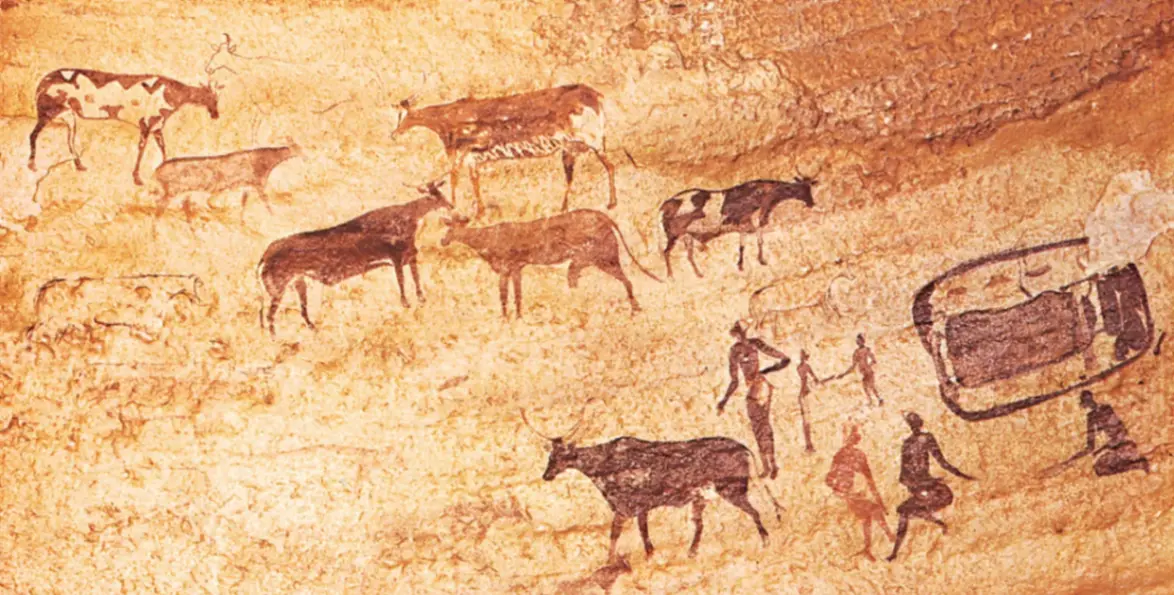Around 20000 years ago, almost no adult human being could digest milk. Because, in nature, milk is meant for babies and only babies’ bodies produce an enzyme called lactase in their small intestine that helps in digesting the milk protein lactose. As we grow up, the production of these enzymes reduces and we lose our ability to digest milk. If undigested lactose enters the large intestine, it will cause symptoms like bloating, gas, and diarrhea. So, the real question is, why can some people digest milk even in their adulthood?
Domestication of Animals
As humans began to domesticate animals like cows, goats, and sheep, their milk became another important source of food. People who could digest milk had a big advantage compared to others who couldn’t, especially in times of food scarcity. So there was a strong evolutionary selection pressure towards people who can digest milk even in their adulthood. This led to the evolution of lactose tolerance in many populations around the world.
Ancient paintings of domesticated animals:

This doesn’t mean people who couldn’t digest milk should become extinct. They still had other food sources. Lactose-tolerant people just had an advantage that led to the quick spread of their genes in their populations.
Lactose tolerance around the world
The percentage of people who can digest milk as adults now varies widely across the world. Some examples:
- East Asia: less than 10% can digest milk
- East Africa: 70 to 90%
- West Africa: 20 to 30%
- South Asia: 30 to 35%, but it varies from region to region
- Middle East & Southern Europe: 50 to 80%
- Northern Europe: more than 90%
There is a reason for this high percentage of lactose-tolerant people in Northern Europe.
Sunlight and Vitamin D
Our body produces Vitamin D when the skin is exposed to sunlight. But in areas like Northern Europe, the amount of sunlight received is very low, which can lead to vitamin D deficiency diseases like rickets, which weakens the bones. Since milk is rich in vitamin D, lactose-tolerant people had an alternate source of this vitamin helping them avoid those diseases. This huge advantage led to this high percentage of lactose tolerance in that area.
By-products of milk
Curd, butter, cheese, and other by-products of milk contain lesser amounts of lactose than milk. So they can be digested even by lactose-intolerant people.
Effects of farming
While the inability to digest milk may seem like a disease, it is actually normal. The ability to digest milk as adults is what we should be pondering about. It’s an example of how the introduction of farming has influenced the evolution of humans.
Reference Links:
https://www.mayoclinic.org/diseases-conditions/lactose-intolerance/symptoms-causes/syc-20374232
